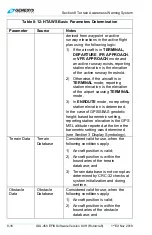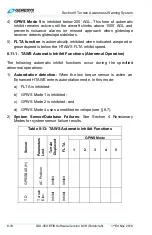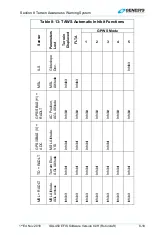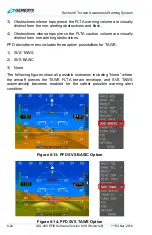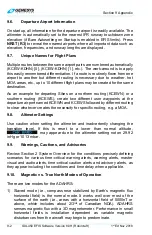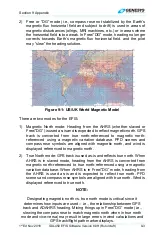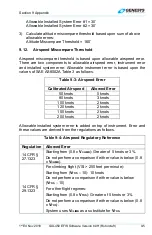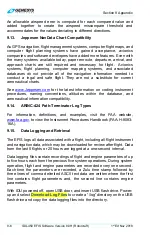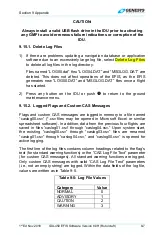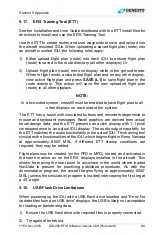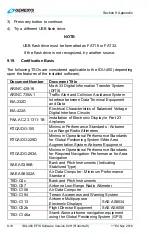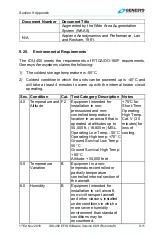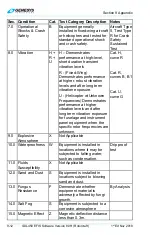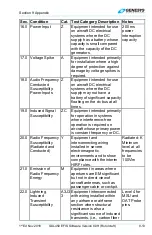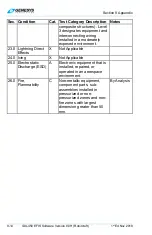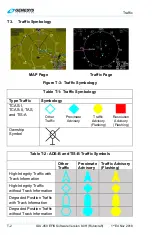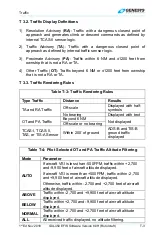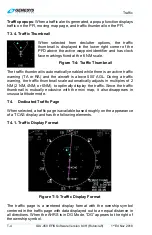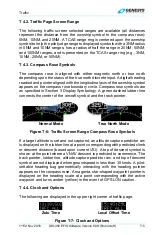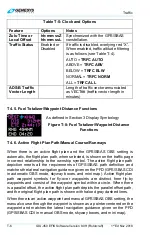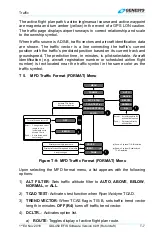
Section 9 Appendix
9-6
IDU-450 EFIS Software Version 8.0H (Rotorcraft)
1
st
Ed Nov 2018
An allowable airspeed error is computed for each compared value and
added together to create the airspeed miscompare threshold and
accommodates for the values deviating in different directions.
9.13. Jeppesen NavData Chart Compatibility
As GPS navigation, flight management systems, computer flight maps, and
computer flight planning systems have gained acceptance, avionics
companies and software developers have added more features. Even with
the many systems available today, paper enroute, departure, arrival, and
approach charts are still required and necessary for flight. Avionics
systems, flight planning, computer mapping systems, and associated
databases
do not
provide all of the navigation information needed to
conduct a legal and safe flight. They are not a substitute for current
aeronautical charts.
for the latest information on coding instrument
procedures, naming conventions, altitudes within the database, and
aeronautical information compatibility.
9.14. ARINC-424 Path-Terminator Leg Types
For information, definitions, and examples, visit the FAA website,
, to view the Instrument Procedures Handbook (FAA-H-8083-
16A).
9.15. Data Logging and Retrieval
The EFIS logs all data associated with a flight, including all flight instrument
and navigation data, which may be downloaded for review after flight. Data
from the last 5 flights or 20 hours are logged at a one-second interval.
Data logging files contain recordings of flight and engine parameters of up
to five hours each from the previous five system operations. During system
operation, flight and engine parameters are recorded every one second.
Each time the parameters are recorded, a Zulu time stamp followed by
three lines of comma delimited ASCII text data are written where the first
line contains flight parameters and, the second line contains engine
parameters.
With IDU powered off, open USB door, and insert USB flash drive. Power-
up and select
Download Log Files
to create a “\log” directory on the USB
flash drive and copy the data logging files into the directory.

